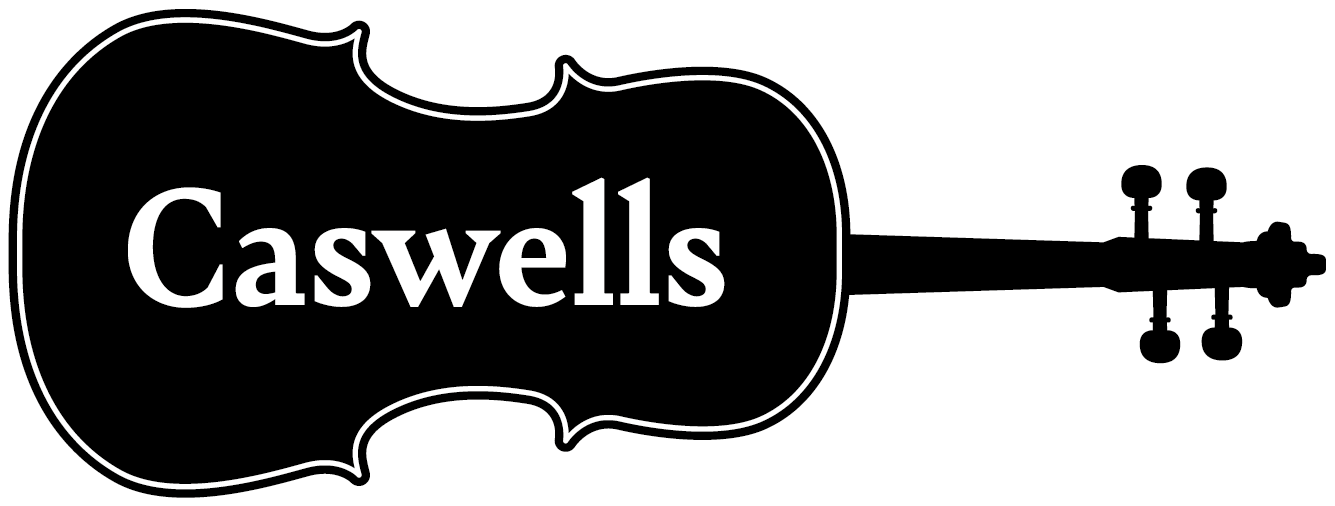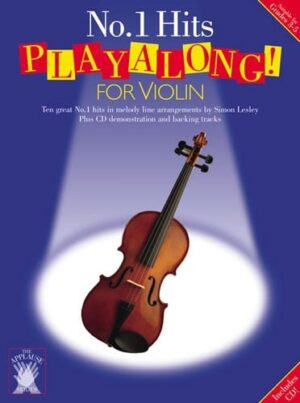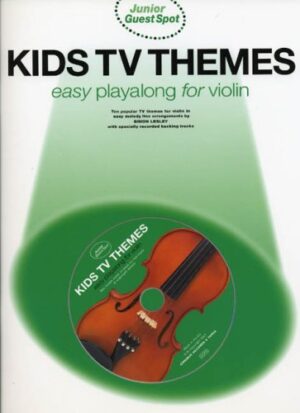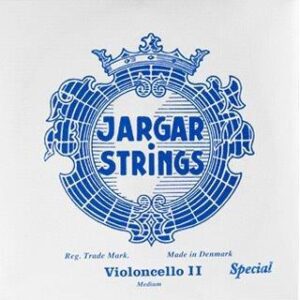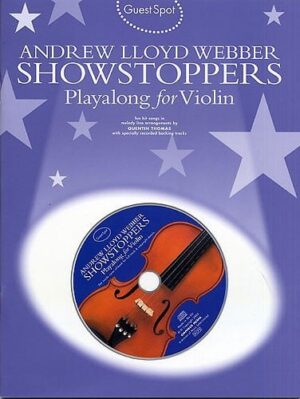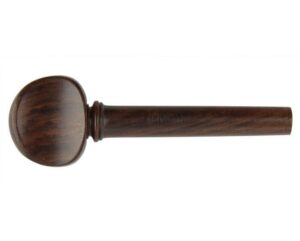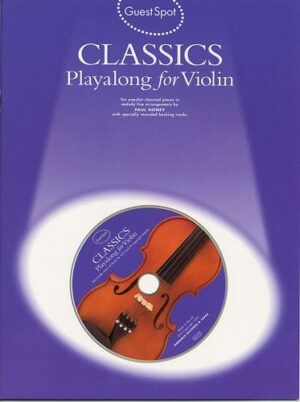It’s a question we’re often asked:
When should I change my strings?
How long do strings last?
It’s a good question to which there isn’t really a correct answer. As a consumer it wouldn’t be uncommon to think ‘they just want to sell me more strings’ but let’s look at it another way:
- Can you imagine a Formula 1 driver taking to a track on worn tyres?
- Can you imagine a tennis player entering centre court with a racket that is badly strung and worn out?
These are just two examples of professionals relying on their equipment for a top performance – how much more essential when your equipment is producing sound, not only for your personal satisfaction, but for all those around you to hear. The strings are of utmost importance if the best sound is going to be created. The potential of the best instrument is severely dampened when it is badly strung or played with old and worn out strings.
Let’s consider a motor vehicle that isn’t serviced for many years. It doesn’t stop going but the performance, the fuel consumption, the accelaration steadily declines. A string may not snap but the component materials will eventually become fatigued. This is particularly true for the inner core. The richness and the fullness of tone becomes degraded. This does depend on the intensity and frequency of playing but almost certainly in all cases over time.
To avoid sound quality loss we strongly advise changing strings at appropriate regular intervals. This is not an interval we can stipulate because clearly it depends on the type of string you’re using, the type of music you’re playing and how much use the strings have. You would know after 2 or 3 string changes just what the optimum time is to keep your performance at its best.
Changing single strings instead of the whole set at once i.e. mixing old and new strings is common practice, especially when one breaks, as it is obviously most cost effective. This will however jeopardise the entire tonal balance of the instrument as the new string will always sound fuller and louder than the older strings.
At the end of the day its all about what you want to get out of your instrument and of course, changing strings can be a very expensive business. We would recommend where possible to keep a consistently full and rich sound that all four strings be changed at regularly intervals, say every 6 months if you’re a frequently practising amateur, retaining the most recent strings just taken off in case of breakages.
